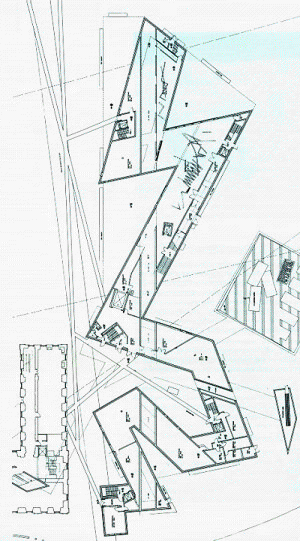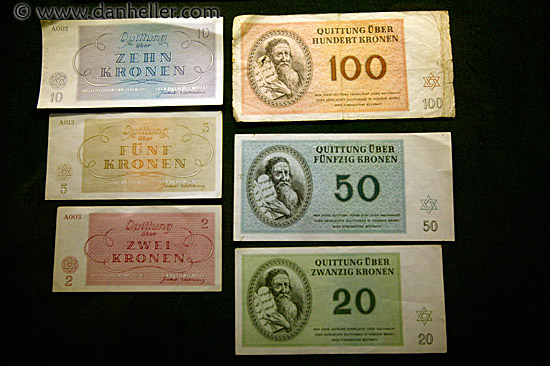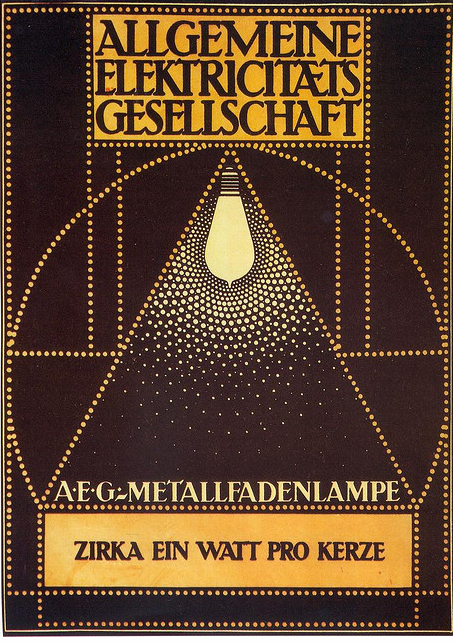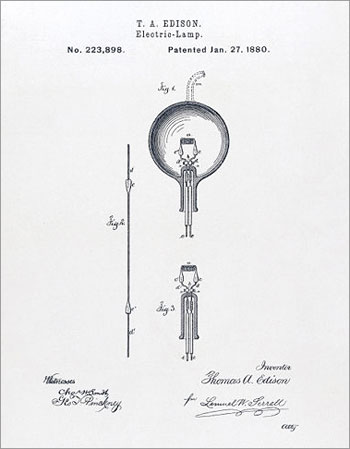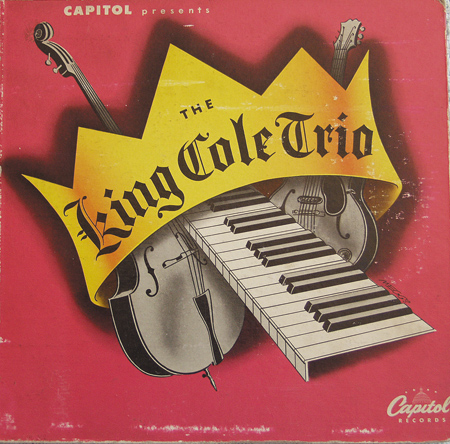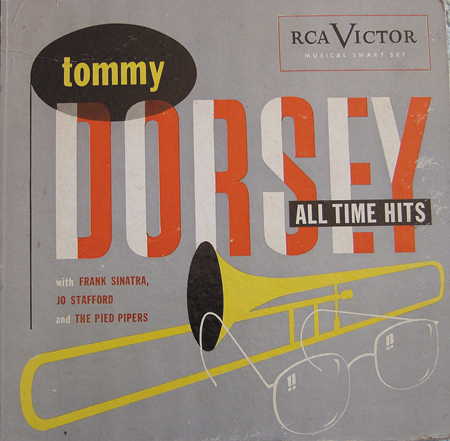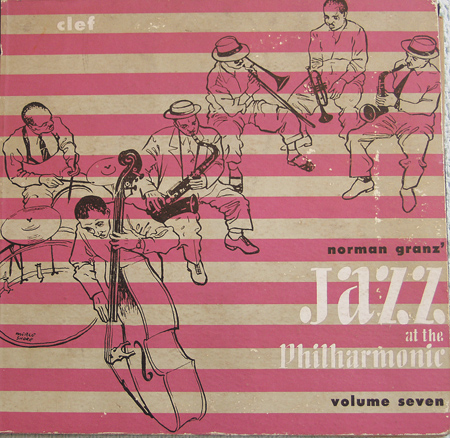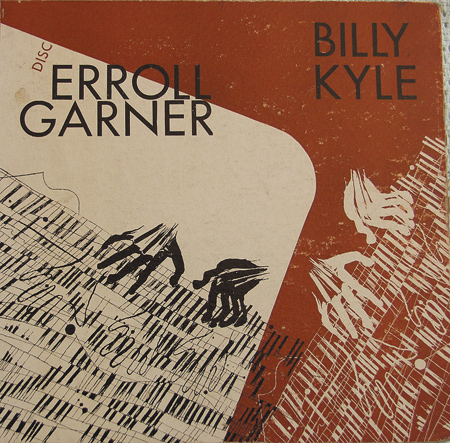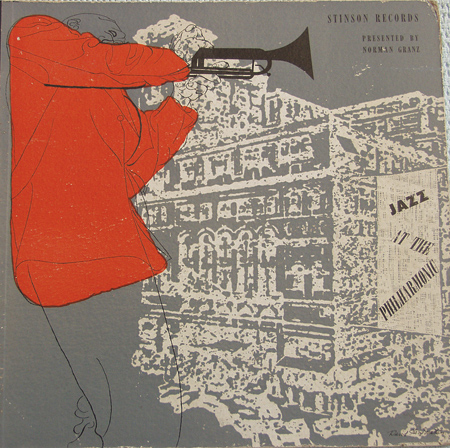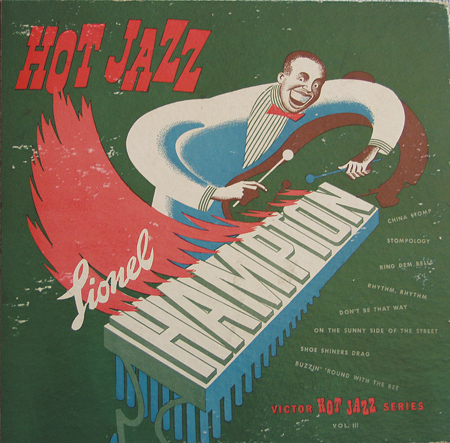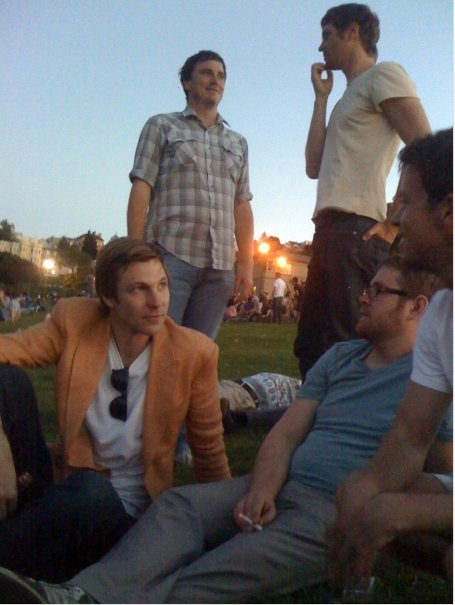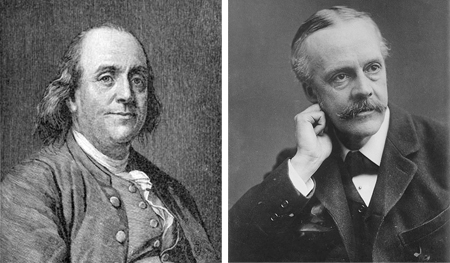In yet another very old post, I unveiled The Old Apartment Rule, my proposal that anyone ought to be allowed to ask for a quick five minute tour of any apartment or house that they’ve previously lived in from the current residents. I finagled my way into a real-life instance of this last week when we went back to Prague last week for a short visit and stopped by our old apartment that we’re currently subletting to pick up mail. There was the sight of our old place— ours for five-plus years, the longest I’ve lived at any one address as an adult!— shifted around and decorated with somebody else’s knick-knacks and sensibilities. I worried that the cognitive dissonance would fry my son’s young brain, but he enjoyed the visit and seemed unbothered by the weird collision of old/new, ours/not-ours.
Also strangely transformed is Prague’s hlavní nadraži, aka main train station. They’ve been renovating it for several years now in order to turn it into a typical spacious, organized, appealing, identical Western European train hub, just like any other. Previously, it had this weird sense of spatial compression from the low ceilings and an infernal red-ness, plus the large number of pigeons that seemed to be trapped inside at any given moment:

(photo credit: milov)
[Admission: actually, this renovation basically finished like a year ago, and I’ve been meaning to write about this whole time, but only just remembered when I was back there this week.]
In general, the changes are nice, if bland. It’s nice to be able to buy your ticket from a visible, accessible person rather than leaning over to shout into a tiny voice hole set in shatterproof glass with a grumpy, shadowy personage lurking behind. It’s nice to be able to buy food that you don’t instantly hurl into a garbage can four steps later. But most of all, I’m delighted by this series of ads that appear in the station, touting the improvements made. They are essentially before-and-after pictures, with a shot from the old unrenovated days on top and an up-to-date image below. Like this:
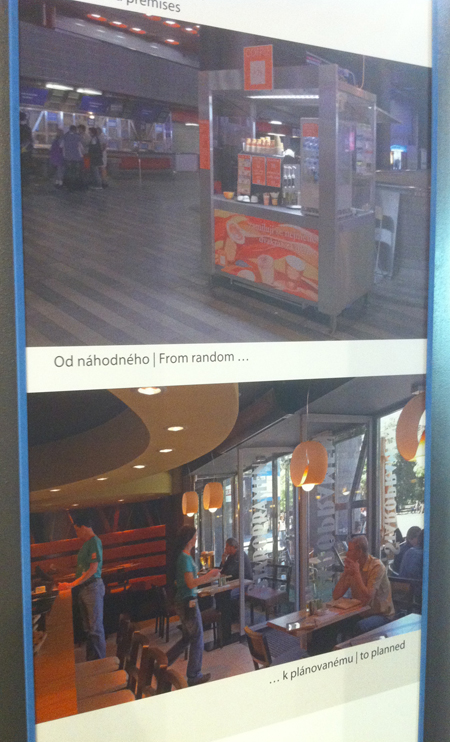
‘From random…. to planned,’ boasts the caption. First, I love the fact that they took the effort to organize a shoot of characteristic stuff from the old station just so they could poop on it later by dint of comparison. You can just see the proprietor of the ‘random’ stand throwing up his arms in insulted disbelief upon seeing this: What?! That’s what I was told to sell. That’s what Czech people eat!
The series contains several other gems:
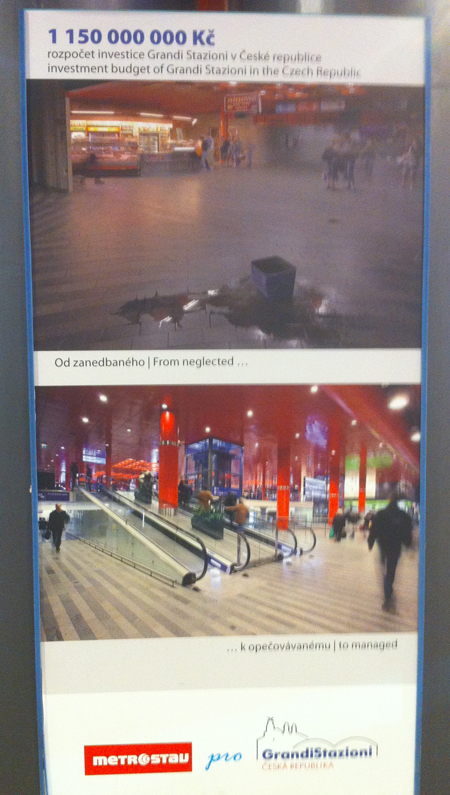
The abandoned, sloshy bucket on the floor is really great. Again: it kills me to imagine the prop wrangler and art director for this shoot in action.
This might be the best:
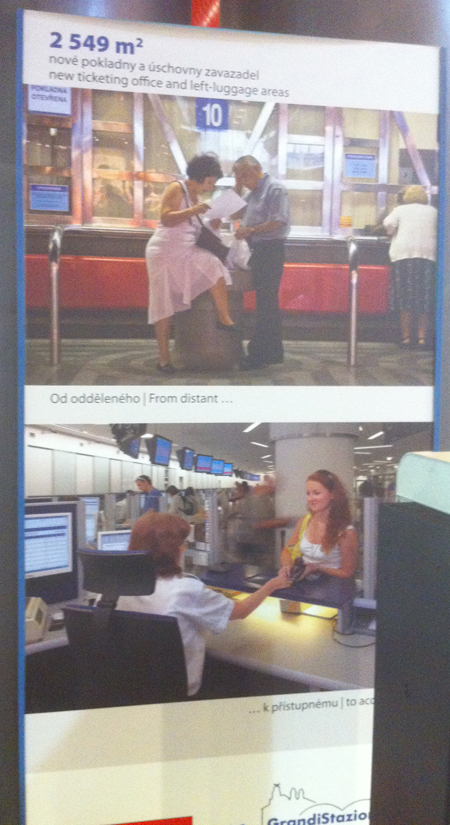
From the ‘before’ scene, the grumpy old guy scratching his head is perfect casting— I mean, I can just picture myself defeatedly approaching that guy for information and trying to struggle through a conversation with him in Czech all the while knowing that it’s not going to avail me of anything. But what’s up with the woman straddling the suitcases? The encounter doesn’t seem that ‘distant’. It actually seems kind of ‘romantic’, at least when compared with the Oral-B blandness of the lower ‘new and improved’ reality.
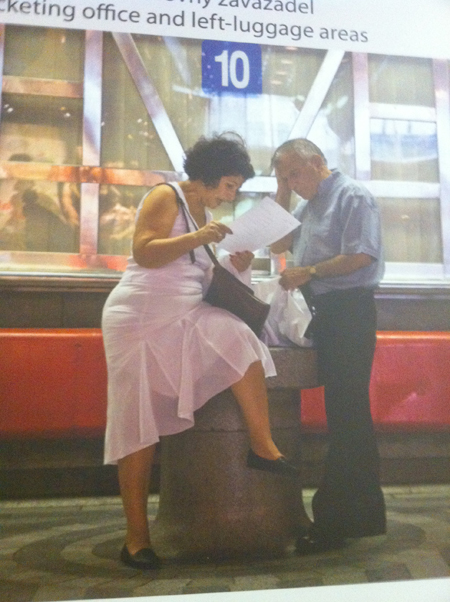
Shine on, you crazy kids.
Other images in the series get a bit more predictable— this one, for example, uses the old black-and-white vs. color contrast used in every negative political campaign spot since the dawn of time:
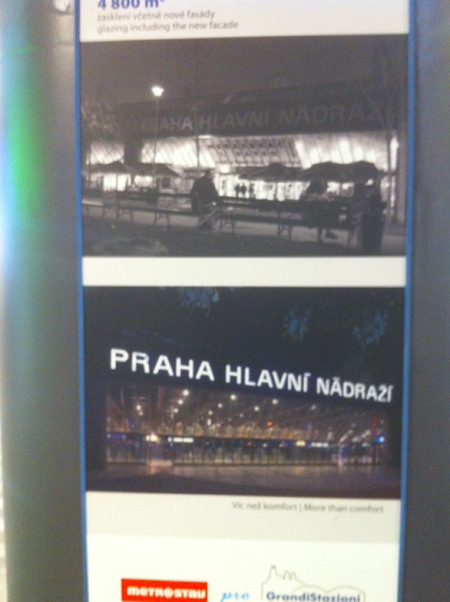
Still, there are nice details sprinkled throughout. Notice above, for example, that while the bad old days were devoid of color and lighted signs, they were replete with leering strangers with no umbrella heckling you from the neighboring bench.
p.s. any time we’re on the subject of Czech mass transit, it’s worth linking one more time to the timeless Onion TV bit about Prague’s Franz Kafka Airport.








